By James G. Bilder
As casualties mounted in the fall of 1944, the U.S. Army began experiencing a problematic manpower shortage in the ranks of its infantry. Fresh troops from the numerous Replacement Depots (“repple deppels”) couldn’t keep up with demand, resulting in some American “training units” being redesignated for combat in order to fill the void. The 84th Infantry Division “Railsplitters” answered that call and would prove they were up to the task in some of the heaviest fighting in Northwestern Europe.
After the attack on Pearl Harbor brought the United States into World War II, few American units would have been less likely to see combat than the 84th Infantry—its entire function was to train GIs for combat and then, after the completion of that training, to see them off as they were reassigned to combat-designated units.
The 84th Division had been a training unit since its activation in September 1917 at Camp Taylor, Kentucky. Conscripts, primarily from Kentucky and Indiana, were sent there to be trained as “Doughboys” in the ranks of the American Expeditionary Force (AEF). The 84th deployed to France in October 1918, to hone the training of replacement infantrymen before sending them to frontline units, but the assignment was short-lived as the war ended on November 11.
In 1921, the 84th ID was again designated as a reserve unit and headquartered in Indiana. Ten months after Pearl Harbor, it was again activated as a training unit at Camp Howze, Texas. As combat spread across the Mediterranean, Northwest Europe, throughout Asia and the Pacific, there was a huge demand for manpower. By war’s end, the Army had 91 active infantry divisions of about 15,000 men each—nearly 70 percent of U.S. military personnel. More than 11 million of the approximately 16 million men who served in the war were in the U.S. Army, two-thirds of whom were conscripts.
The Normandy invasion in June 1944 and the hedgerow fighting that followed were successful but terribly costly, and everyone knew the fighting ahead would be ferocious as the war came closer to German soil.
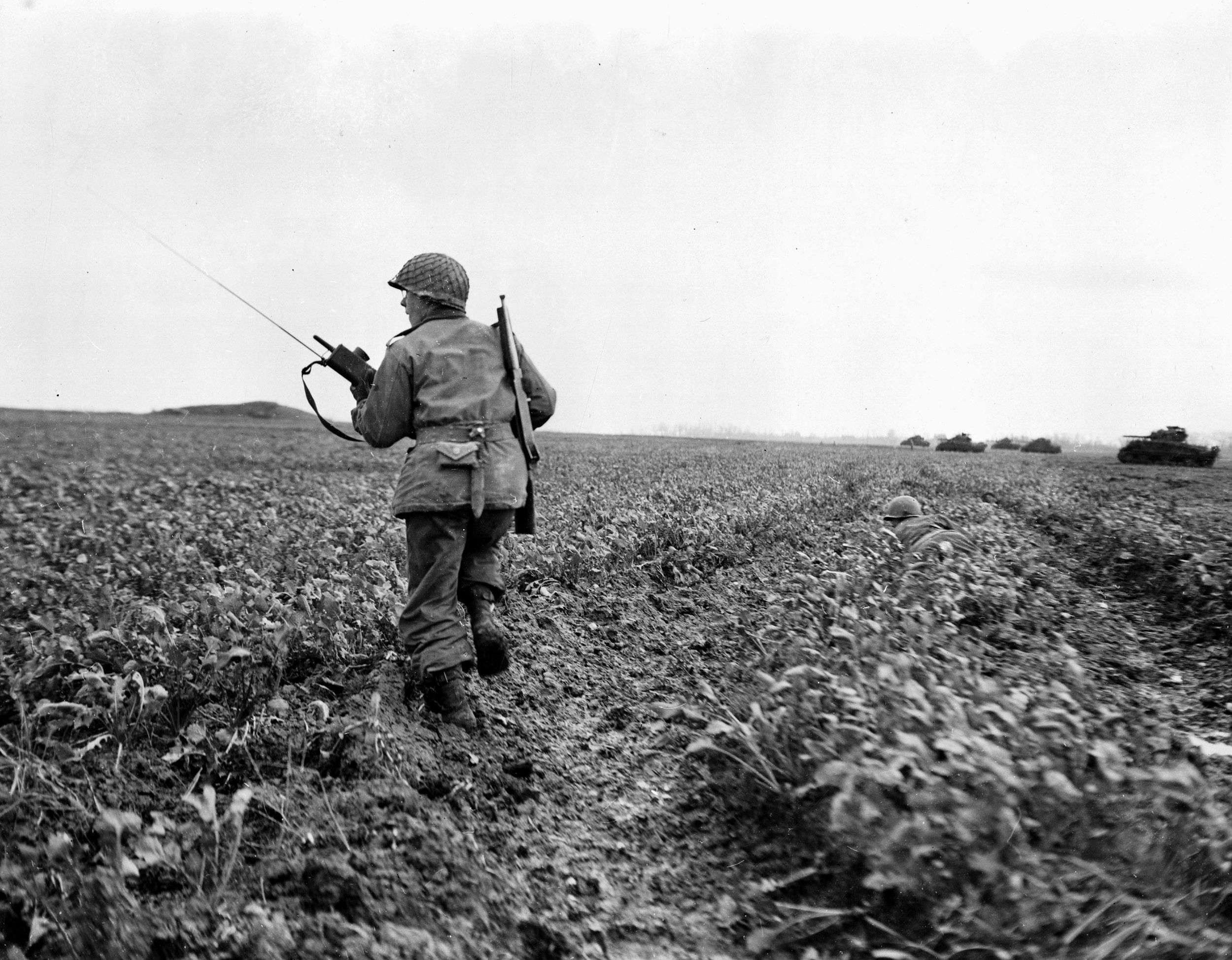
The Pacific was much the same, with Army divisions retaking the Aleutian Islands and relieving Marines in the Solomons, as well as assisting Marines in the Marianas and at Peleliu. With most of New Guinea retaken, General Douglas MacArthur required even more army infantry as he prepared for an invasion to liberate the Philippines.
Finally, with the capture of Rome two days before the Normandy landings, General Mark Clark’s Fifth U.S. Army had clawed its way north up the mountainous Italian Peninsula paying dearly for every inch of ground taken.
The Army needed every able-bodied male between 18 and 35 on the battlefield as soon as possible. The 84th was reassigned to an active duty combat division and embarked for England on September 20, 1944. After landing at Omaha Beach in November, it was shipped to Gulpen, The Netherlands, courtesy of the Red Ball Express.
Allied offensives in Northwest Europe in the fall of 1944 had inflicted horrific casualties on the Germans, as well as their own ranks. British and American forces had been routed in September during Field Marshal Montgomery’s ill-fated Operation Market-Garden.
At roughly the same time, General Courtney Hodges’s First U.S. Army advanced through the Hurtgen Forest, where it was mauled before winning a largely symbolic victory along the German border when Aachen finally capitulated on October 21, 1944. The first significant German city captured by the U.S., Aachen was strategically important as the jump point for an all-out assault on the Siegfried Line. Unfortunately, manpower and gasoline shortages halted the U.S. plan to drive into the heart of the Reich.
At the time, General George S. Patton, Jr., was faring no better. Locked in a stalemate for more than two months in Lorraine around Metz and its fortresses, Third Army casualties increased dramatically. When the city fell on November 18, Third Army—like Hodges’s First—lacked the men and fuel to push through the Siegfried Line into Germany. Despite the high human costs, there was a sense of impending Allied victory in the air as newer and more grand offensives were planned. One of those was Operation Queen, a plan for the northern section of the Western Front with its primary objectives to seize the Roer River as a jump off point against the Rhine and to gain control of the Hurtgen Forest. Within Operation Queen was a plan to eliminate the German salient at Geilenkirchen, codenamed Operation Clipper.
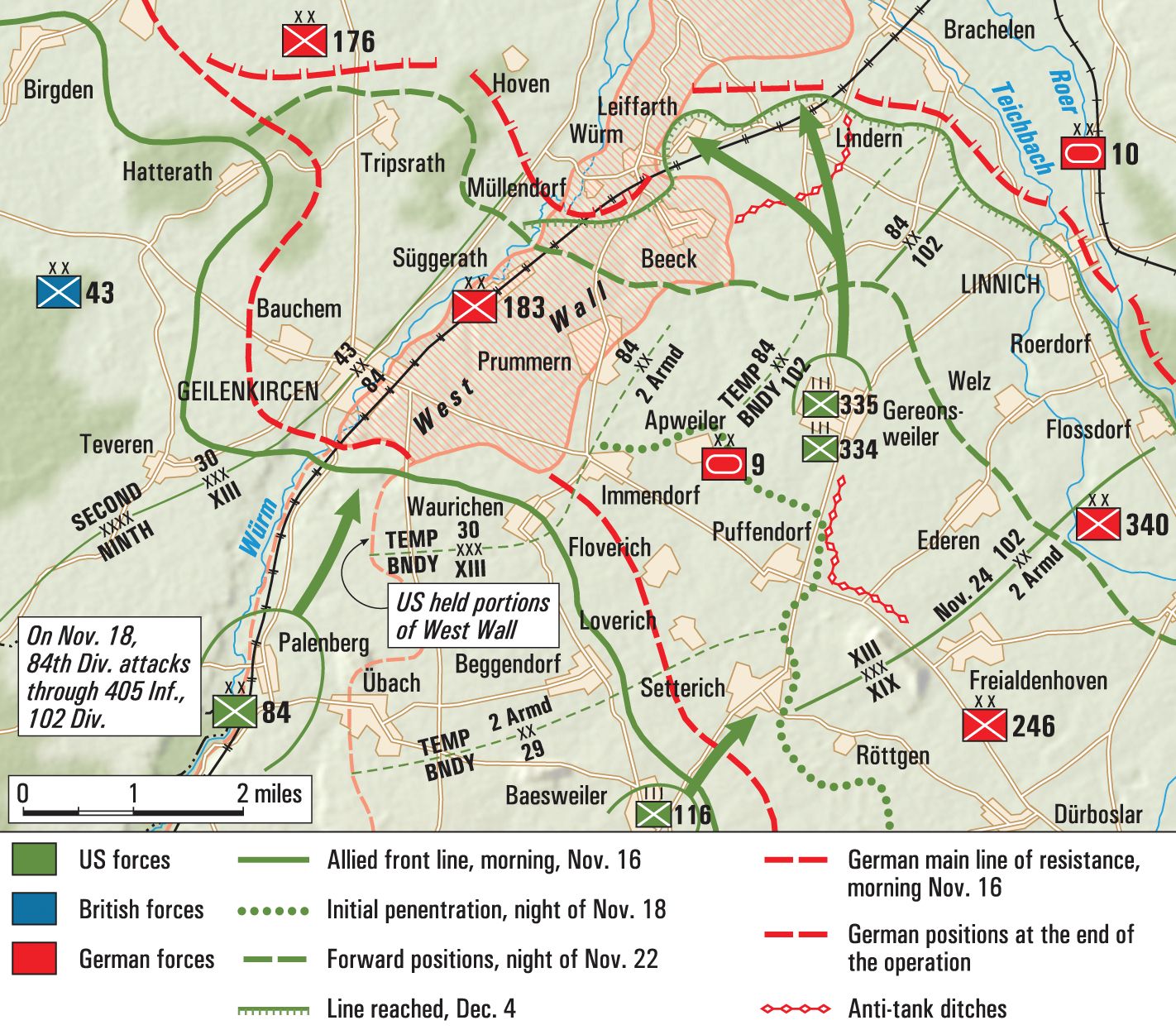
Under temporary British command in XXX Corp, the men of the 84th ID would spearhead the drive against the town of Geilenkirchen. As part of the Siegfried Line, or West Wall, it was expected to be heavily defended.
Fortunately for the Allies, the West Wall had been largely forgotten by the Germans. After the war, Gen. Siegfried Westphal would note that, “the defensive value of these constructions was so minimal that the soldiers preferred to live in the trenches under the open sky rather than have the concrete ceilings collapse over their heads.”
The commander of the 84th ID was Major General Alexander R. Bolling, a “mustang” officer who had begun his career as a private. Admitted to the U.S. Naval Academy in 1915, he quit the next year to enlist in the army. He was part of America’s Punitive Expedition in Mexico (1916-17) and during World War I was awarded a battlefield commission as a 2nd lieutenant and decorated with the Distinguished Service Cross for extraordinary heroism.
Bolling’s chief of staff was Colonel Louis Truman, a West Point graduate and cousin of Harry Truman, who had been elected vice president as the 84th was en route to Holland.
Both Bolling and Truman had served under Patton—Bolling in Mexico during the hunt for Poncho Villa, and Truman in 1940 at Fort Benning as a staff and logistics officer for the 2nd Armored Division. Though it was the 84th Infantry’s first time in combat, they had every confidence in their outfit. As reassurance to the men, Bolling made sure word got out that the “old man” was sleeping in the blue silk pajamas his wife had packed.
The 84th would jump off against Geilenkirchen on November 18, and though untested in combat, the odds were still in the Americans’ favor. The 183rd Volksgrenadier Division defending the town was cobbled from Kriegsmarine and Luftwaffe non-combatants, civilians, and the battle scarred remnants of the original 183rd Infantry Division.
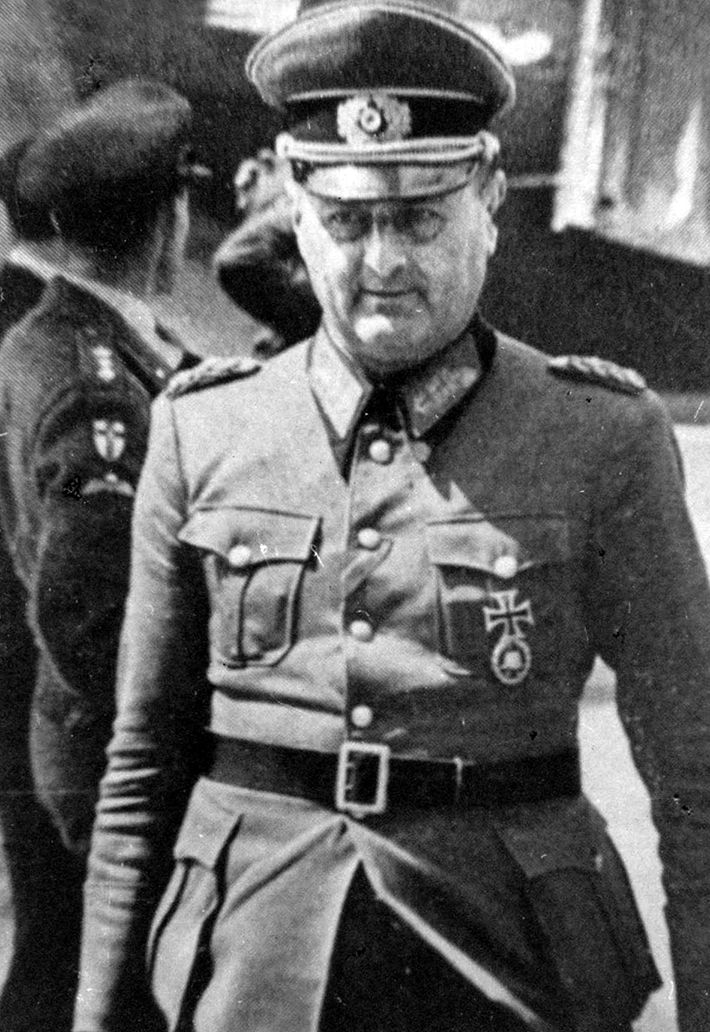
To the north and west of Geilenkirchen were the German 176th “kranken” (sick) Division, full of the chronically ill and elderly, as well as seriously wounded combat veterans. Both the 176th and 183rd Divisions were part of the XII SS Corps under Gen. Guenther Blumentritt.
Though his infantry was weak, Blumentritt’s 301st Tank Battalion contained a whopping 31 Tiger I tanks—roughly one-third of all the Tigers on the Western Front—and 21 mobile assault guns from his 559th Assault Gun Battalion.
A Catholic Bavarian, Blumentritt was never a member of the SS and had little in common with the Protestant military clique that was Prussia. A career military man, primarily a staff officer, he was considered a gifted strategist and tactician. While historians contend that he was a likely collaborator in the July 20 plot to kill Hitler, the Führer, amazingly, believed otherwise. Blumentritt was even awarded the Knight’s Cross with Oak Leaves, one of Nazi Germany’s highest military honors. During the 1950s and 60s, he assisted in the post war rearmament of West Germany as directed by the leaders of the NATO alliance.
In the assault on Geilenkirchen, the 84th ID would have British infantry and armor on its left for support. The 43rd Wessex Infantry Division under Maj. Gen. Ivor Thomas were battle hardened and eager for payback after participating in Operation Market Garden.
The British armor was M4 Shermans from the 4th/7th Royal Dragoon Guards (cavalry) as well as specialized tanks from the 79th Armored Division—unusual configurations such as minesweepers and ramp carriers known as “Hobart’s Funnies.” On their right, the 84th ID would have the American 2nd Armored “Hell on Wheels” Division, in combat since North Africa. The 102nd “Ozark” Division, also new to combat, would provide infantry support.
P-47 Thunderbolt fighter bombers from the U.S. XXIX Tactical Air Command along with Supermarine Spitfire IXs from the RAF Second Tactical Air Force would provide close air support. Little resistance was expected from the Luftwaffe.
The fight for Geilenkirchen began at 6:55 a.m. on November 18, 1944, with artillery shelling outside the town to clear a path for the American advance. Col. John Roosma, commanding the 334th Infantry Regiment had his battle-naive men step off and move through the lines of the 102nd ID as they advanced about three miles along Geilenkirchen’s eastern edge toward Prummern and Suggerath. Mine-clearing tanks were ineffective in muddy conditions, so combat engineers using mine detectors had to manually clear German minefields.
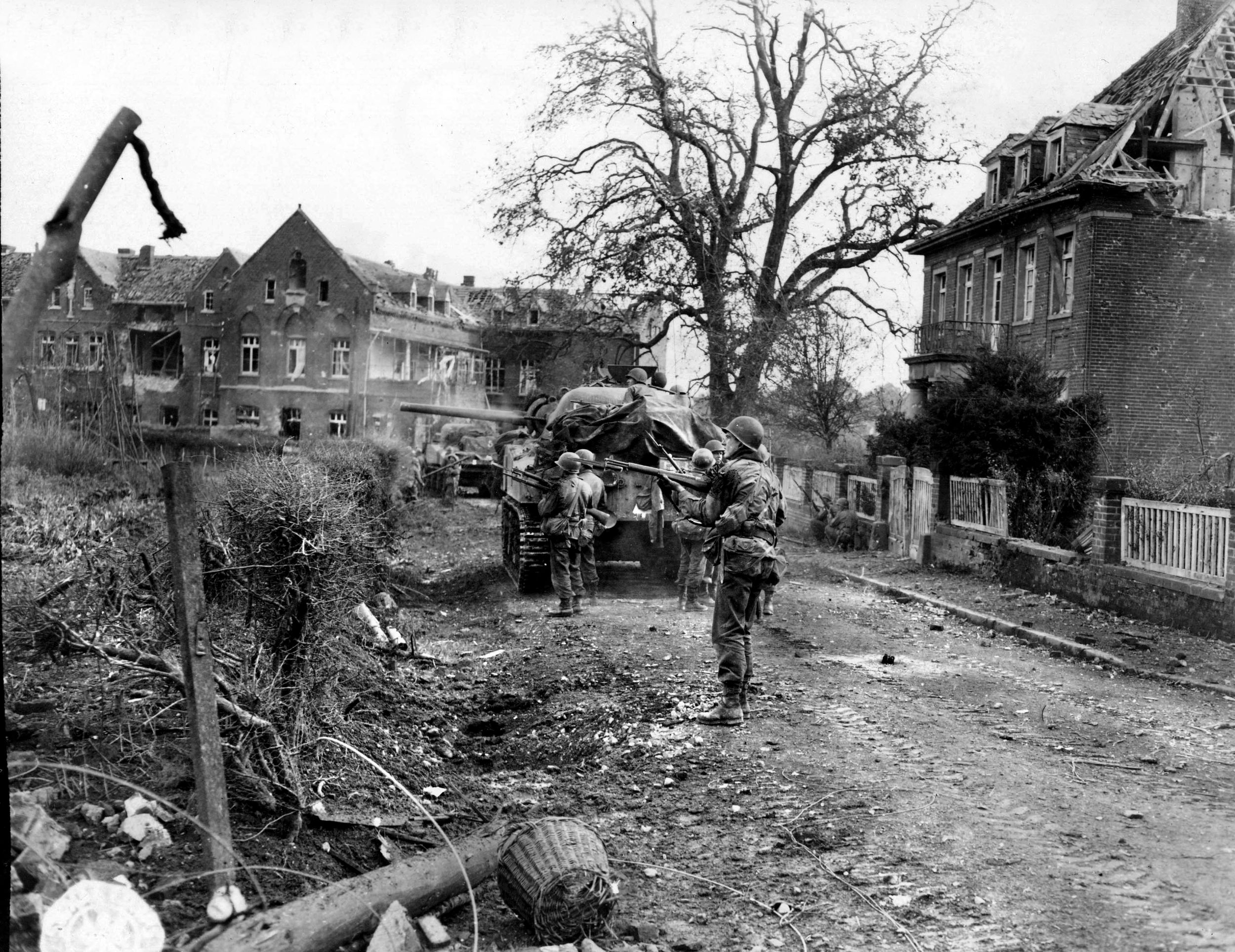
The GI at the most forward point of 334th’s advance was Private John Shaw. Recalling the incident years later, Shaw said, “All of a sudden, a German in a window, about three blocks away, opened up on our column in this trench with a machine gun and, of course, we all just hit the dirt. We just waited there for somebody to do something. Finally, a British tank lumbered up the street off to our side and fired two shells right into that window so that was the end of that!”
As the GIs of Roosma’s 334th advanced, they ran into some of the many German pillboxes around Geilenkirchen. Armor from the Sherwood Rangers Yeomanry Regiment helped to flush out the defending Germans, who were getting some fire support from their own mortar teams, but generally chose surrender rather than going toe-to-toe with the battle-eager Americans.
Small teams of GIs neutralized many pillboxes at night in hit and run attacks. The Brits were also moving on their objectives to the south and west of Geilenkirchen. After securing Bauchem and Tripsrath, they would link up with the Americans on the high ground north of Geilenkirchen—encircling the town and closing off any possible escape routes. GIs from the 333rd Infantry Regiment would then enter Geilenkirchen and mop any remaining enemy resistance.
Lieutenant General Brian Horrocks, commander of XXX Corps, was encouraged by the initial success of Operation Clipper and decided to press his advantage. He wanted to close the circle early by having the Americans move on Suggerath and Prummern a day ahead of schedule. Three companies of GIs secured Prummern relatively quickly against fairly light resistance.
The seemingly one-sided part of the battle was about to end as British reconnaissance reported enemy reinforcements on the way. The 15th Panzergrenadier Division, with about 4,500 infantry, was moving south presumably to reinforce Geilenkirchen. Prummern lay in their path, so Lt. Col. Lloyd Gomes prepared his 1st Battalion for a desperate fight to come the following day.
The Germans attacked the following evening with six tanks and two companies of infantry, many of whom were veterans of the Eastern Front. The front line was fluid, and the intense fighting lasted into the following morning.
Daylight revealed the U.S. defenses had held and British Churchill “Crocodile” flamethrower tanks eliminated any remaining German opposition. The Americans had only 10 dead, but the number of wounded was significant at 180.
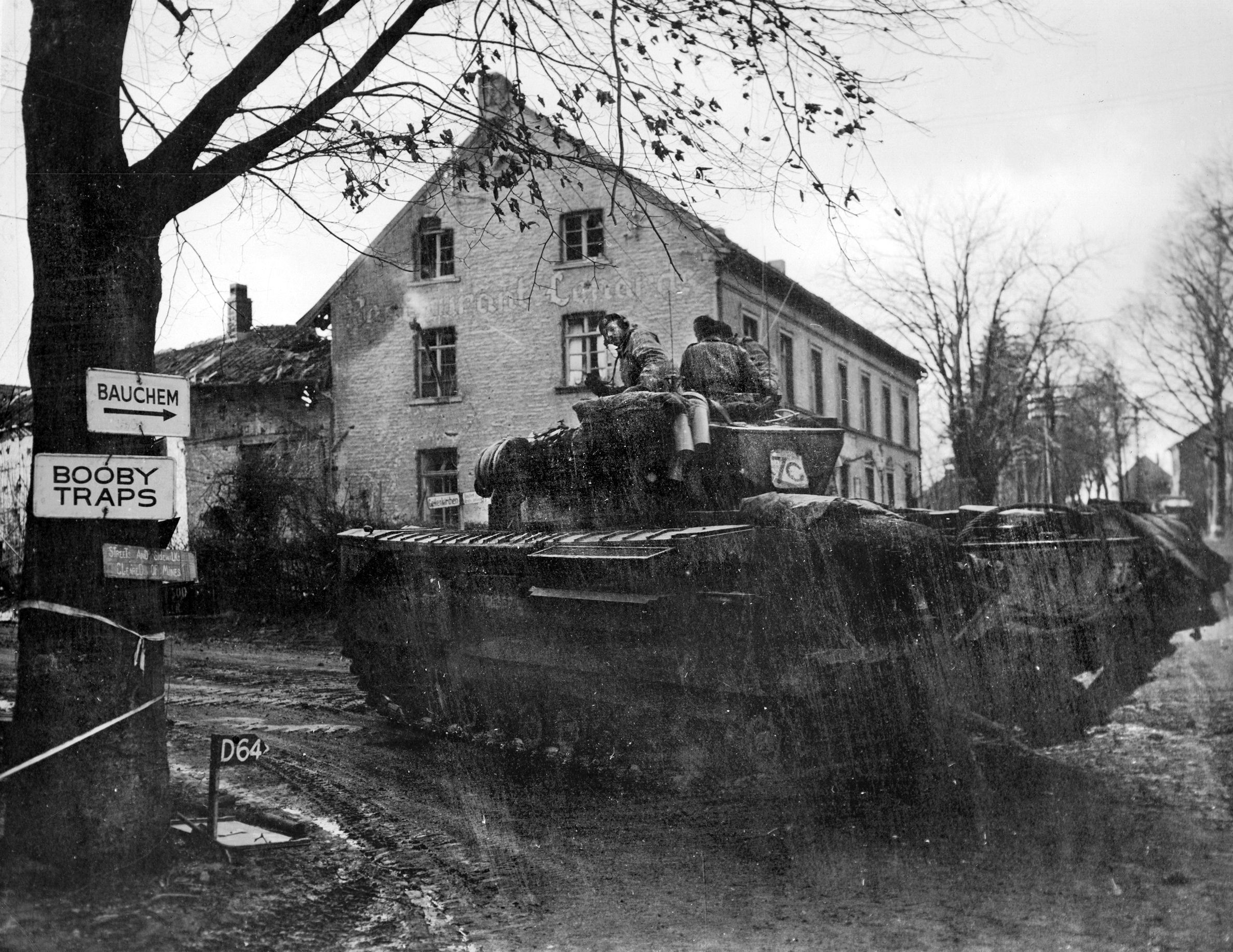
A gap had developed between 84th ID and the American 2nd Armored Division, exposing the Allied right flank. Bolling reported to the Ninth Army, “Our flank is sort of out in the breeze now.”
The 9th Panzer Division seized the opportunity to engage the American 2nd Armored Division. But the 9th Panzer was a remnant of its former self, and its assault against the Americans fell far short. Still, it forced the 2nd Armored to hold in place. Ninth Army command then used the untested 405th Regiment from the 102nd ID to plug the gap.
The British also had to deal with counterattacks as the 104th Panzergrenadier Regiment, part of the very capable 15th Panzergrenadier Division, hit them using two Tiger II tanks and two self-propelled guns. The British had five Sherman tanks ready to counter the Tigers, but German panzerfausts and artillery quickly knocked out four of the Shermans.
With quick thinking and great courage, the British soldiers used PIATs (Projector, Infantry, Anti-Tank) to slow the enemy armor, allowing flanking fire from British artillery at Tripsrath to inflict significant losses on the attacking Germans, who were forced to retreat.
The American 333rd Infantry Regiment, with British armored support, moved into Geilenkirchen proper and forced the 183rd Volksgrenadier Division to retreat into pillboxes on the outskirts of the city.
Sergeant Donald Phelps of K Company in the 333rd Regiment remembered that the plan was to flush them out that night. “We found that we could sneak up easily to pillboxes at night—hit and run,” Phelps said. “The biggest problem in this type of action was that the rigor emplacements of the German army in the pillboxes had everything so zeroed in that all major road intersections were under constant interdicting fire.”
The Americans taking the pillboxes developed tactics very like the “blowtorch and corkscrew” method used by U.S. infantry in the Pacific—flamethrowers forced the enemy to hunker down inside their spider holes, pillboxes, or caves, as advancing American troops moved forward and dropped grenades or a satchel charge near any openings to eliminate or entomb their foes inside. The explosives served as a kind of reverse corkscrew.
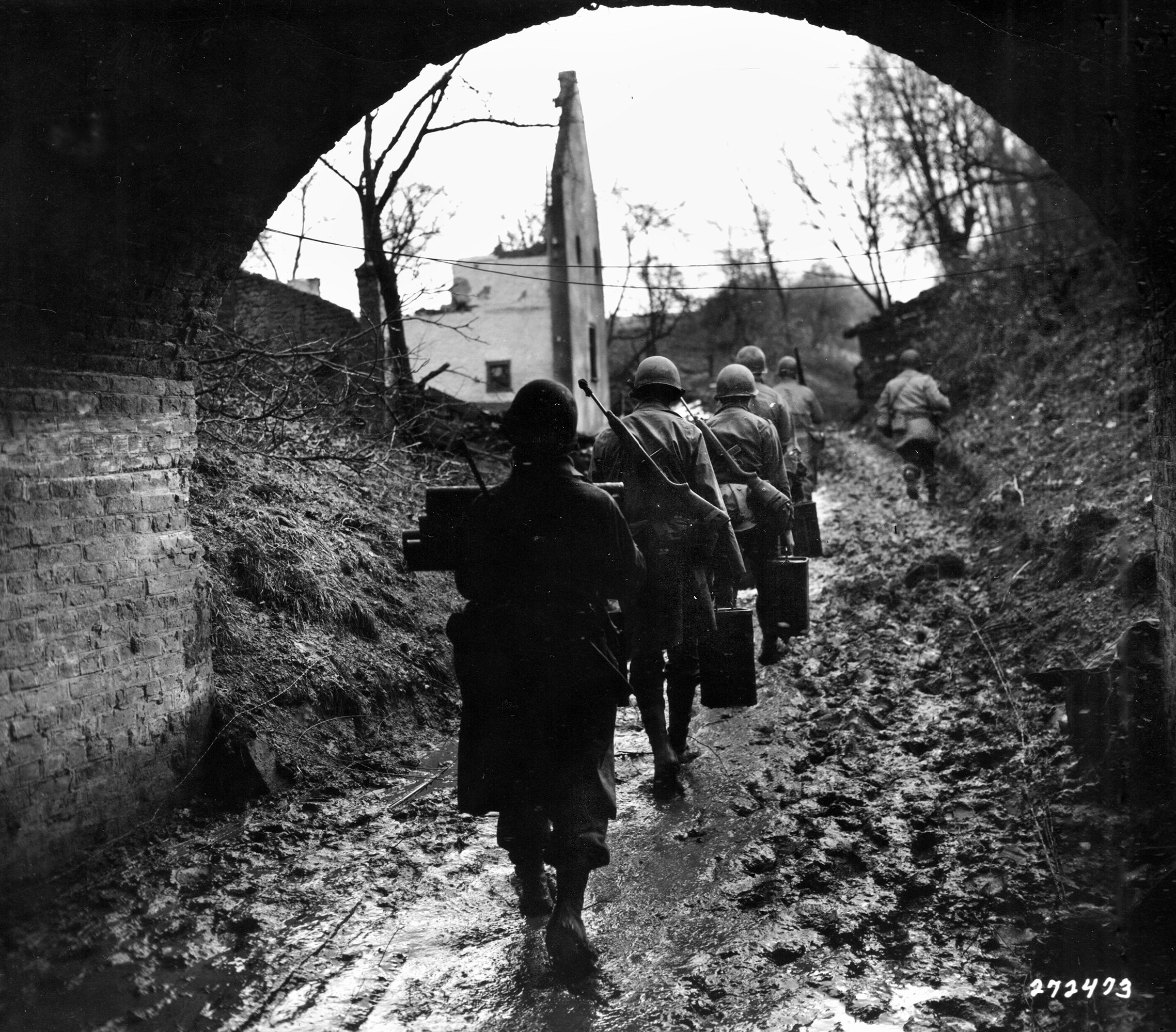
The men of the 84th ID, still relatively fresh to combat, were about to get a lesson in “tree bursts”—exploding artillery shells shattered trees, turning their wooden splinters into deadly shards of flying shrapnel.
“We got through Geilenkrichen and we started on the road that we thought was taking us right to Berlin,” Private John Shaw said. “We felt great and we were pretty excited about being in the war. And after we had gone about 500 yards up the road, the 88s started coming in. Like fools, we ran into a little woods and all of us tried our best to dig into the ground. We used our hands to just try to claw the dirt, trying to dig in. Meantime, these shells were coming into the trees and bursting all around us and our friends were being hit and were screaming for medics. This lasted, it seemed, for about half an hour, (but) I suppose it lasted about five minutes.”
By November 21, Geilenkirchen and the majority of its surrounding objectives had been seized. Heavy rains prevented any further advance, but Operation Clipper was a success as most of the salient had been eliminated.
Among the newly minted combat veterans of the 84th ID was an unlikely member—Private Fritz G.A. Kraemer. Born in Essen, Germany, to Jewish parents, he earned a law degree from the University of Frankfurt in 1931 and a doctorate in political science from the University of Rome three years later. As Hitler solidified his hold over Germany in the 1930s, Kraemer served independently as a senior legal advisor to the League of Nations. He stayed on in that role even after Hitler pulled Germany out of the League in 1933.
Kraemer, a Lutheran and strong opponent of Nazism, fled to America with his wife and son in 1939. He was inducted into the U.S. Army in April 1943 as a private at the age of 34. He would go on to serve as a member of the White House national security staff for numerous presidents and become a protege of future Secretary of State Henry Kissinger as well as General Alexander Haig.
“I do remember very clearly now the feelings we had, like all men who go into battle for the very first time,” Kraemer said. “We were uncertain. We were very unsure of ourselves. We knew very well that combat was very different from training. We had met the enemy and, while we certainly had not performed any great heroics, we felt our self-confidence greatly increase.”
On November 26, the 84th Division became whole again as they were reunited with their 335th Regiment near Immendorf, Germany. After arriving in France, the 335th had been temporarily attached to the 30th “Old Hickory” Infantry Division and had been fighting in Wurselen during the battle for Geilenkirchen proper. The baptism of fire that the men of the 335th Regiment had received at Wurselen was under the tutorage of some of the most capable combat vets in the U.S. Army at the time.
A regiment of the 30th ID, had held Hill 314 at Mortain the previous August, the only GIs holding meaningful high ground and thus capable of calling down artillery fire to stop the Germans’ armored juggernaut that was roaring toward Normandy. Outnumbered four-to-one—running out of food, water, and ammunition—they held this vital position for six days before being relieved. Their tenacity and courage was instrumental in stopping the German counterattack cold in its tracks.
More than 75 years later their heroic actions were recognized with a Presidential Unit Citation by President Donald Trump in March 2020. The 30th ID’s tough reputation was so widely known during the war that the Germans referred to them as “Roosevelt’s SS.”
The next objective for the 84th ID was Lindern, Germany. With Prummern and Süggerath in the 84th ID’s possession, Wurm and Beeck were logical targets but would require another frontal assault. Instead, it was decided to attack from the right flank (southeast) and move on Lindern. A success there would leave the Germans in Wurm and Beeck trapped in a vise with no choice other than to surrender or face annihilation.
The Germans occupied the high ground to the north and could observe the flat half-mile between Lindern and the potential American jump-off point at Gereonsweiler. German batteries east of the Roer River could be quickly called upon for support and a concentrated barrage could turn any American assault over such flat, open terrain into a disaster.
The answer to the dilemma was a feint from the American left coupled with a surprise attack from the right.
U.S. infantry had been probing Beeck for more than a week. The Germans were expecting an attack from the southwest. A heavy artillery barrage from the 333rd Regiment on Beeck would appear to be a preparatory move for an infantry assault.
But that assault would come not from the American left but rather from the right flank. As the Germans turned their attention and observers to the southwest, the 335th Regiment would move quickly from the southeast over the half mile of open ground to take Lindern.
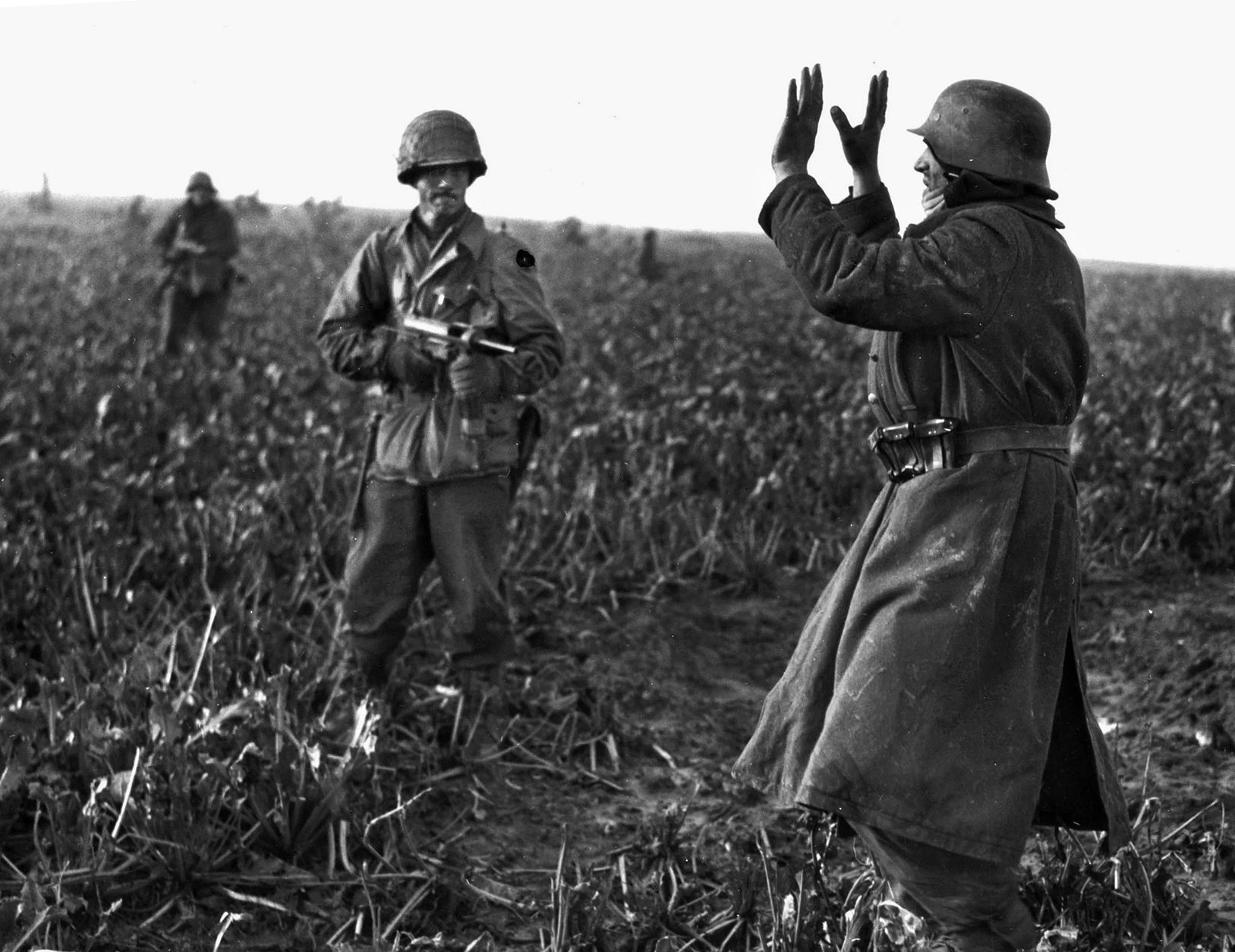
On November 29, the GIs of the 335th Regiment moved up in the dark and jumped off at 6:30 in the morning with only small arms, ammunition, and chocolate bars. The Germans quickly caught onto the ruse and rained down fire on the Americans who were now running so fast that they were passing enemy pickets without bothering to engage. The rear units, Item Company and King Company, lost most of their platoons halfway to Lindren.
The three American platoons that reached Lindern found it lightly occupied as they continued on into the area just outside its boundaries. They dug in as ordered and waited to be reinforced. The few Germans in Lindern did not even know that the town had been “taken.”
Meanwhile, the dug-in units were unable to contact command to send in the armor until a soldier had the idea of hooking the radio antenna to a fence post. American tanks were immediately dispatched, but by this time it was 1 p.m. and the enemy had dug in along the road and their artillery was alerted.
The Americans managed to get six Sherman tanks into Lindern. Had the Germans known the size of the force holding the town they could have easily taken it, but their response was limited and weak. By the time they were ready to attack in force, the American 335th was holding Lindern with infantry at battalion strength and some two dozen tanks
The German 9th Panzer continued to hit Lindern from November 29 through December 1. Losses of men and tanks were equal in each attack, but the Americans held. The Germans broke off their assaults on Lindern by December 2. Company K, 335th Regiment would later be awarded a Presidential Unit Citation for its stand at Lindern.
Technician Sergeant Emanuel Planas, 3rd Platoon, Baker Company, 335th Regiment seemed to speak for the whole regiment, if not the entire 84th ID, when he said, “We felt we had gained more confidence in ourselves and our ability to fight. Now we knew the 9th Panzers were no better than we.”
“To sum up the actions of the 84th Division in the Geilenkirchen area of the Siegfried Line,” Col. Louis Truman said years later, “it had reduced or captured eight strongpoints or villages, it had captured or destroyed over 112 bunkers, it had captured 28 officers and over 1,500 enlisted men, it had engaged 15 different kinds of German units, including SS troops and panzer units, and, we might say, as an overall sum up, every mission had been accomplished.”
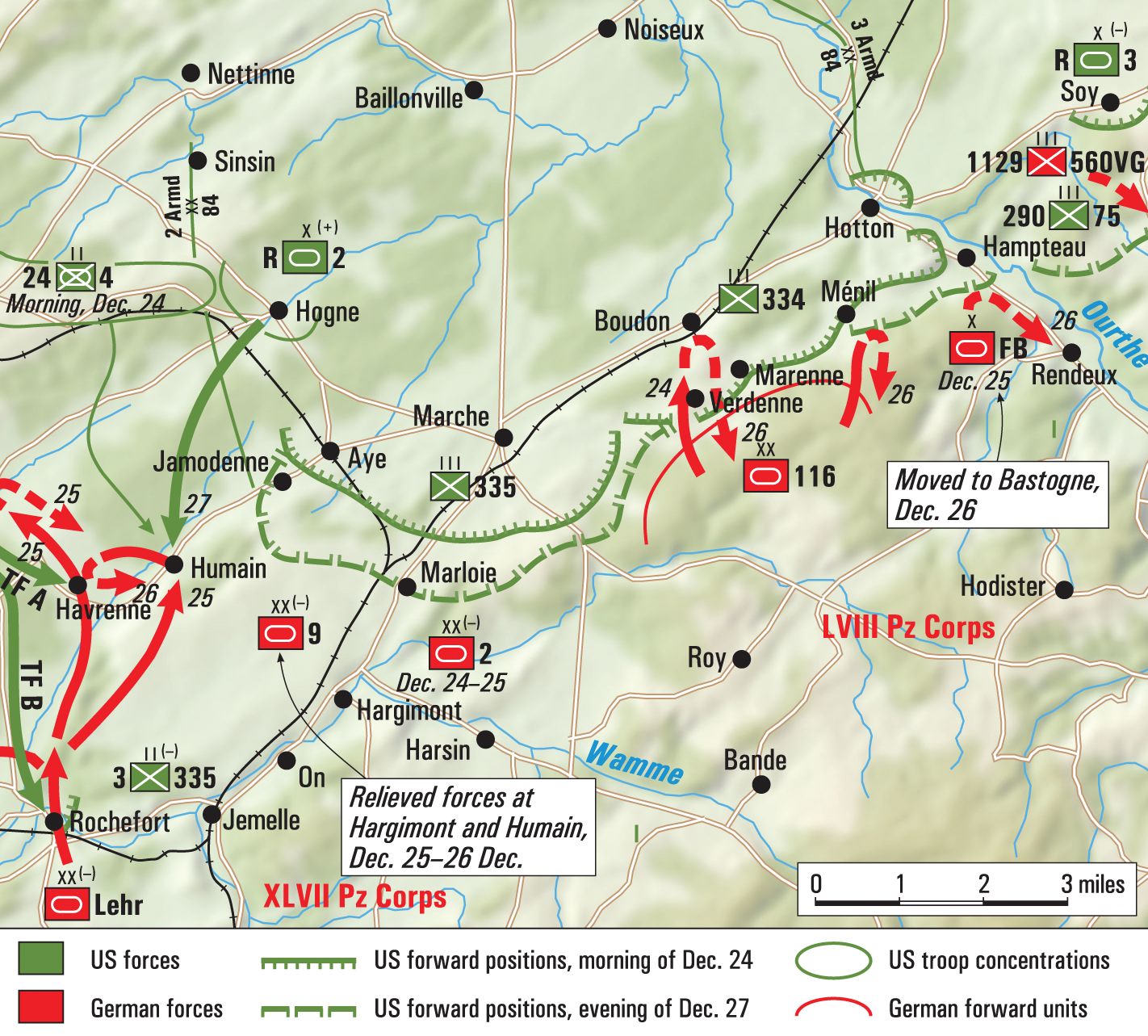
The men of the 84th ID—called the “Hatchet Men” by the Germans after their ax-splitting-a-rail insignia—were now truly combat vets and moving forward as they expected to cross the Wurm and Roer Rivers on their way to the Rhine.
But the Germans had other ideas. It was early December, and Hitler was about to launch his Ardennes Offensive, a battle that would fully test the mettle of the 84th.
As the Allies trained and prepared to cross rivers into the Fatherland, the Germans had been training and preparing for their own beforeoffensive. They would move under the cover of fog, through the dense Ardennes Forest, and burst out unexpectedly north of Luxembourg. From there, they would drive northwest to the vital port of Antwerp, Belgium, capturing Allied fuel and supply dumps along the way to sustain their gas hungry tanks as they drove a wedge between the British and Americans on the Western Front.
The German attack began in dense fog at 4:30 a.m. on December 16 with a 90-minute artillery barrage from more than 1,600 guns. The main thrust would be led by the Sixth Panzer Army, consisting of four armored and five infantry divisions. At the tip of this spear was Joachim Peiper, an SS man and devoted Nazi as well as a highly experienced combat commander with almost 5,000 men and 600 vehicles under his command. Peiper would not tolerate delay and could not be bothered with guarding prisoners, making him ultimately responsible for the massacre of more than 80 American POWs by his men at Malmedy.
Peiper and the German high command were frustrated because their drive was being delayed by resistance from the battle proven men of the American 2nd Infantry “Indianhead” Division as well as the untested men of the American 99th Infantry “Battle Babies” Division. Peiper captured 50,000 gallons of gas in the first two days of the offensive, but as U.S. forces fell back under the onslaught, they destroyed their own supply dumps and bridges.
While not in the direct path of the assault, the 84th ID was close enough for the Germans to try to brush them back. As the battle began, a battalion from the German 694th Volksgrenadiers hit a battalion of the 335th Regiment in the open area between the German towns of Lindern and Leiffarth. Simultaneously, the area around Wurm held by the U.S. 334th Regiment, was attacked by the 343rd Volksgrenadiers.
In both cases the Germans were pushed back but not before they infiltrated behind the 84th’s lines in the darkness. In their hasty retreat, a company-size unit of Germans was forced to stop at the edge of a minefield that had been set up in defense of their own lines—a fatal delay as U.S. artillery cut them to pieces.
The situation along the “Bulge” was generously described by Allied command as “fluid” when Bolling arrived for a briefing and instructions at First Army Headquarters in Verviers, Belgium, on December 20. The German objectives were not clear, nor was the strength or extent of the drive.
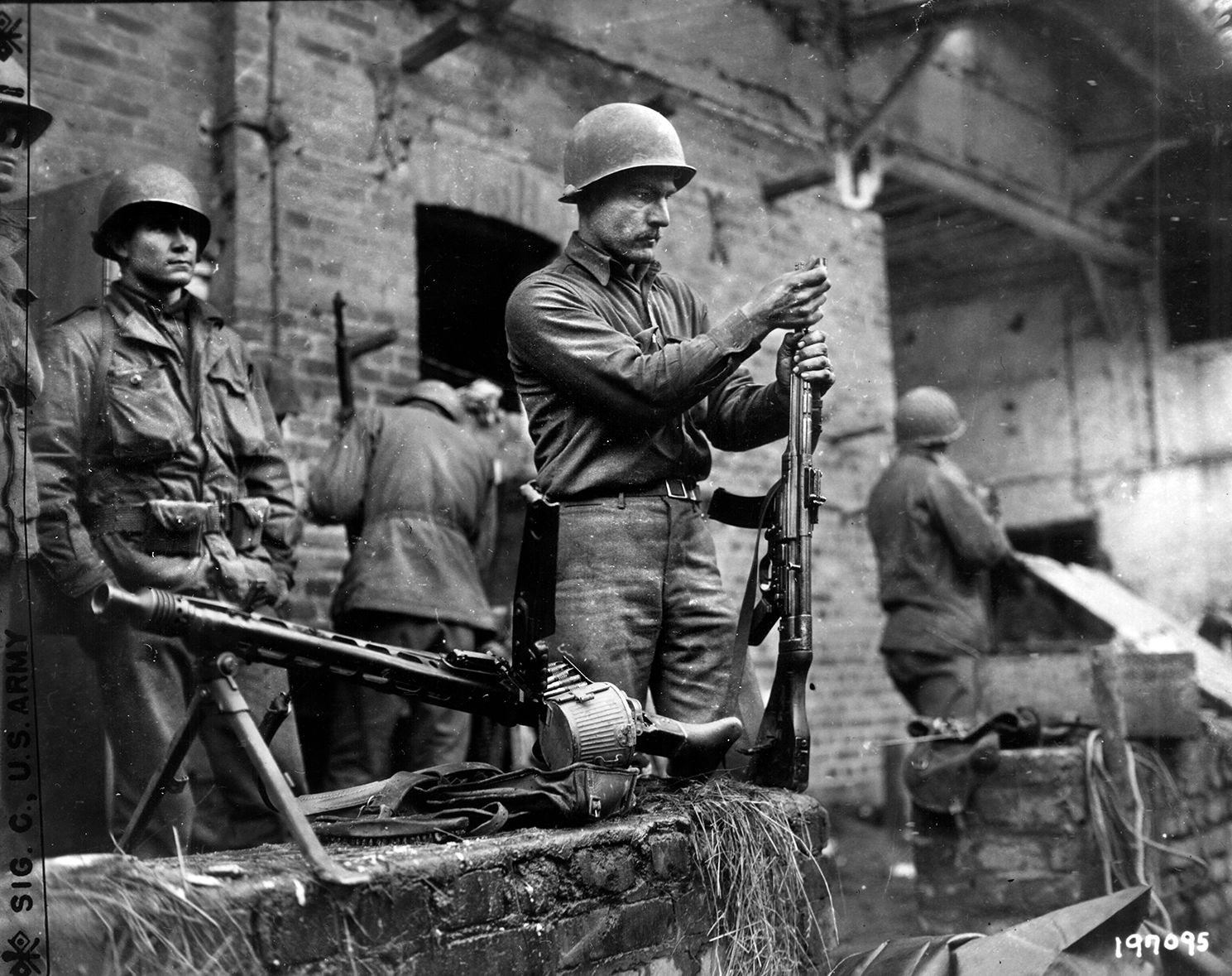
There was a real danger, however, that with the crossroads of Bastogne surrounded and under siege the enemy might be able to siphon enough men and vehicles away to cross the Meuse River and drive on toward Antwerp. Unlike 1940, the Allies would meet this Ardennes Offensive from the east side of the Meuse River.
Bolling was ordered to secure the bridge and roadway northwest of Bastogne between the towns of Marche and Hotton. He personally led the advance and arrived in Marche around 7 p.m. to it “held” by nothing more than two American MPs and about 10 engineers—the only obstacle preventing a German crossing of the Meuse until the arrival of the 84th. The nearby German armor never realized that Marche had been essentially a ghost town. They had shelled the town and were waiting until the next day to attack.
By then 84th had been deployed and were ready to hold the line. Elements of the 334th Regiment had arrived late in the evening on December 20 and secured the town. The 333rd and 335th, would arrive to reinforce them the following day.
The 84th’s other two regiments were badly needed as the area along the Marche-Hotton Bridge was thinly defended by troops in foxholes 100 to 150 yards apart.
Probing for a weak spot in the American lines, the Germans seemed to have found one at the small Belgian village of Verdenne—if they could push through it on to the town of Bourdon, about a mile behind the center of the 84th’s defensive line, they could cross the Meuse.
The Germans came at Verdenne at 3 p.m. on Christmas Eve with five Panther tanks, two halftracks, a single armored car, and 100-200 supporting infantry.
“[They] overran our position,” 1st Lt. Richard Hawkins of Able Company (334th Regiment) said, “This was one of the few times in which it became necessary for me to call in artillery on our own position.”
Hawkins’ call was answered by 81mm mortars that didn’t drive the Germans out of Verdenne, but slowed their advance. Some of the 84th’s men at Marche would now be used in a counterattack at Verdenne. The men of King Company, 333rd Regiment, set out at midnight to link up with some Sherman tanks before making their assault.
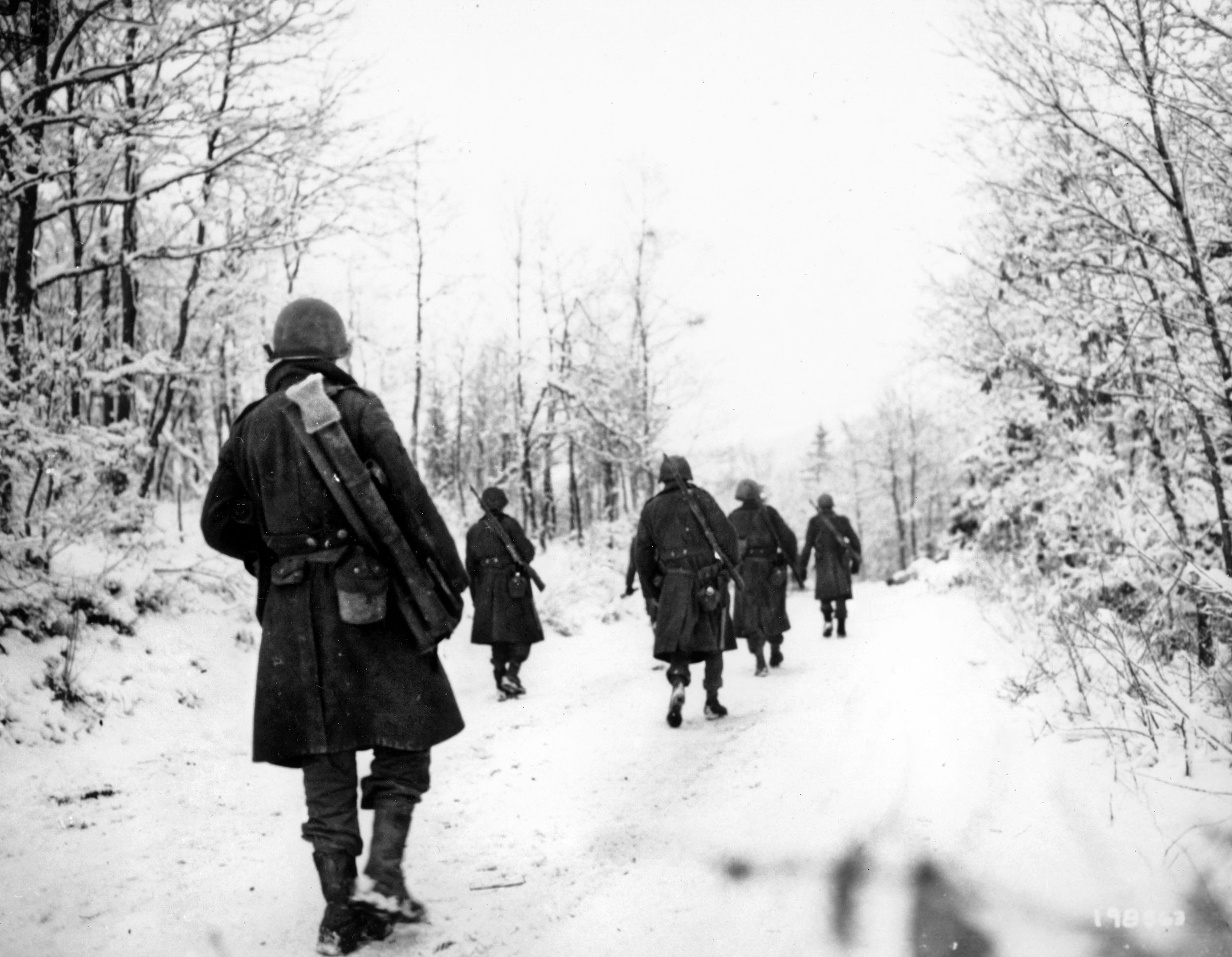
As King Company moved out of Marche, they mistakenly turned left instead of right, coming up on some tanks in the heavy darkness which they assumed were the Shermans. Banging on the nearest tank, Sergeant Donald Phelps shouted, “Hey you guys, open up!” The turret hatch opened and a figure stood up asking, “hallo, was ist los?” in a German accent.
Phelps shot him without hesitation, and bedlam followed with lead flying everywhere. King Company had stumbled onto tanks from the 1st Panther Battalion of the 16th Panzer Regiment under Maj. Gerhard Tebbe, a veteran of both the Eastern and Western Fronts.
King Company’s mistake revealed that the Germans had been inching toward Bourdon in the dark. U.S. heavy artillery and mortars then opened up on Verdenne and the Germans moving toward Bourdon. By 1 a.m., the German armor was pulling back and the American infantry was entering Verdenne.
The Chateau Verdenne became the focal point of infantry combat, changing hands five times over three days. The fighting was often hand to hand as the chateau owner Baron Charles de Radzitsky d’Ostrowick and his daughter Elizabeth, along with a few residents from the town, hid in the cellar and winced at the gruesome sounds of soldiers killing each other with small arms, trench knives, and even bare hands.
As the Americans gained control several pockets of resistance in the 84th ID’s sector were stubbornly holding out. Finally, Major Tebbe made a break for safety on December 26, moving his armor down the extremely narrow main street in Marenne.
Amazingly, he found the American vehicles along the street to be deserted, and encountered no opposition along the way. But it was a ruse and like many Germans fleeing back to their original lines after the Bulge, they were picked off by American planes and artillery. Once Tebbe and his columns were on open ground, his forces were halted by several daisy chains—explosive clusters of mines triggered to explode simultaneously.
As his men and vehicles tried to scatter, the enormous shells from American 155mm and 105mm howitzers released a storm of destruction. From 6-7 p.m. on December 26, Tebbe lost six tanks and 19 vehicles, with some 240 German infantry killed or wounded. The Germans took one last shot at the 84th just south of Marche on January 2, 1945, but no longer had the material or attitude necessary for victory. The following day, the 84th ID, along with the 2nd Armored Division, would begin a drive that pushed the Germans in their sector back to their starting points.
Snow, rain, and sleet fell freely from the sky on January 3 and by afternoon the ground had frozen. The 335th Regiment and 2nd Armored Division kicked off the offensive moving southeast of Ny, Belgium. Before the advancing Americans were the 2nd SS Panzer, along with the 12th and 560th Volksgrenadier Divisions.
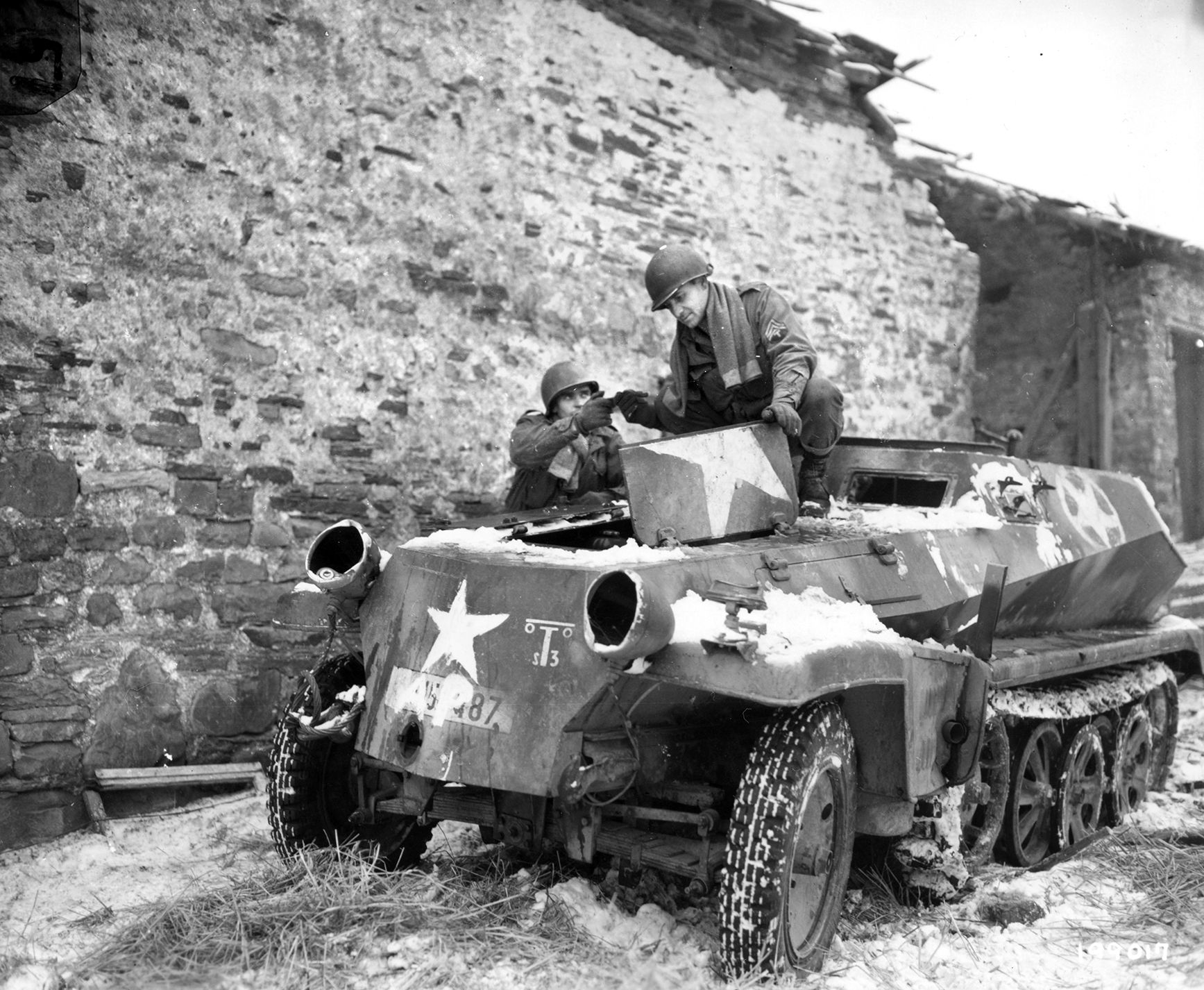
The infantry advanced without their armor—the tanks skidding and sliding on the frozen ground—moving up roughly 2,000 yards. The Germans held high ground near Beffe with 88s and antitank guns that were protected by machine-gun nests. Capt. James Burt took some men to probe the enemy strongpoint. Among them was Staff Sergeant Emanuel Planas who, in civilian life, had been a sheep herder in Utah. Burt thought the ground approaching their objective was too steep to cross.
Planas disagreed, telling his captain that “it takes a sheep man or a hunter to go through. We’ll zig zag down to the bottom.” The two platoons moved rapidly down and around the German artillery, whose crews surrendered after exchanging only a few shots with the daring Americans. A Belgian liaison officer had accompanied the GIs, and Planas would later be awarded the Belgian Croix de Guerre with Palm for his heroics that day. He was hit in the thigh by machine-gun fire from a German tank near Consy Ridge two days later. He received the Purple Heart and remained in the army, but his fighting days were now behind him.
Many in the 84th were now wearing long underwear over their uniforms, thus creating their own winter camouflage. These outfits were called “spookies” by the GIs. The ruse worked, and many Germans were captured by a soldier from the 84th who seemingly appeared suddenly out of nowhere.
On January 16, 1945, the men of the 84th made contact with elements of the American 11th Armored “Thunderbolt” Division near the Ourthe River in Belgium. This was the official linking of the First and Third Armies and essentially the end of Germany’s last great offensive of World War II.
The 84th ID went on to cross the Roer River on February 23 and then the Rhine. They pushed through northern Germany before eventually linking up with Soviet troops at the Elbe River just south of Hamburg. They welcomed, and when possible, even assisted, thousands of German troops who were fleeing the Soviets so they could surrender to the Americans.
The “Railsplitters” of the 84th Infantry Division truly lived their motto of “Strike Hard” as they fulfilled each and every mission assigned to them. They exemplified how everyday men, trained as simple soldiers, could muster the courage, determination, and ingenuity necessary to achieve victory over the supposed “supermen” of Hitler’s Third Reich.
Author James G. Bilder resides in Illinois and has written numerous books and articles on World War II historical topics.
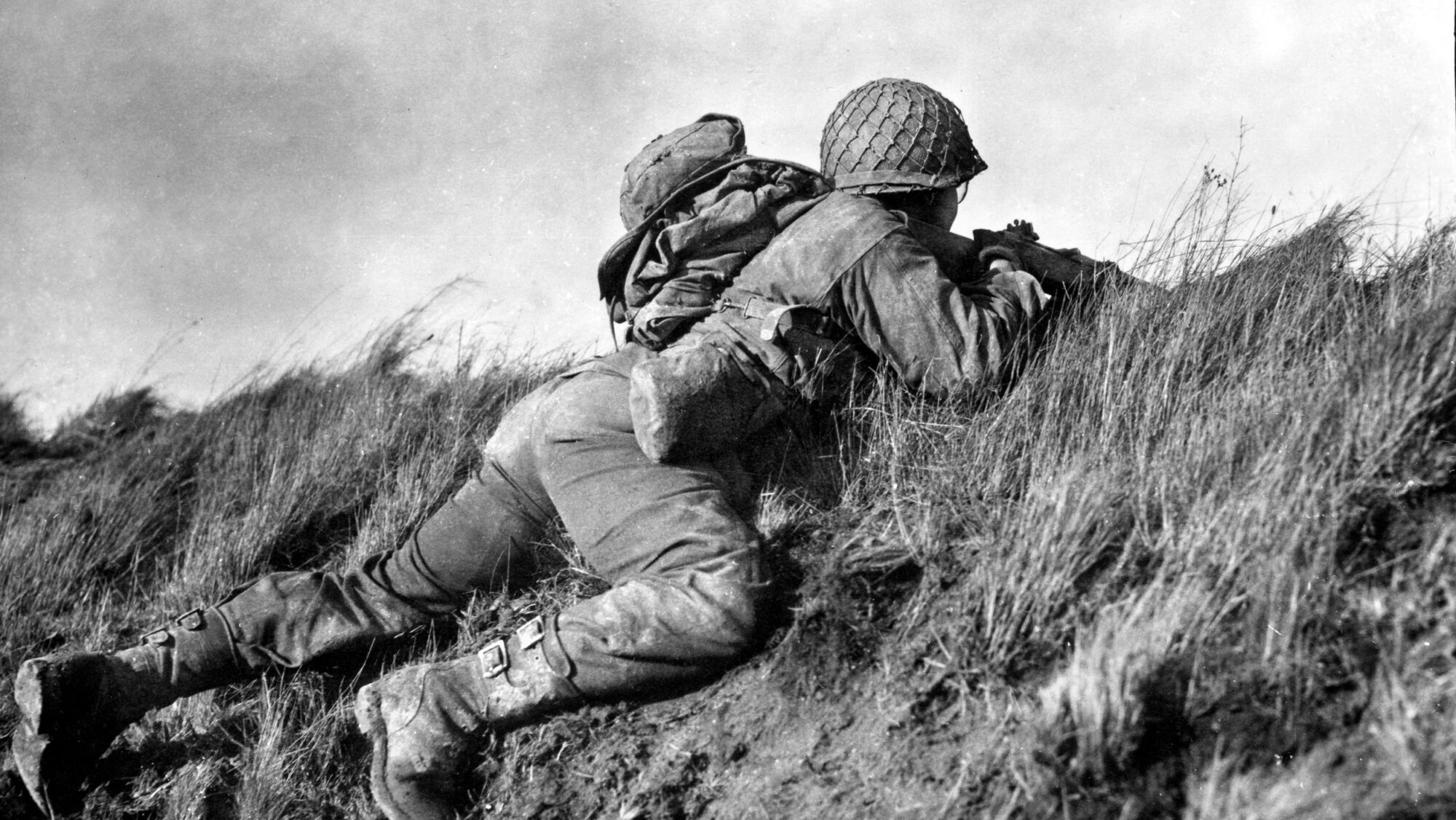
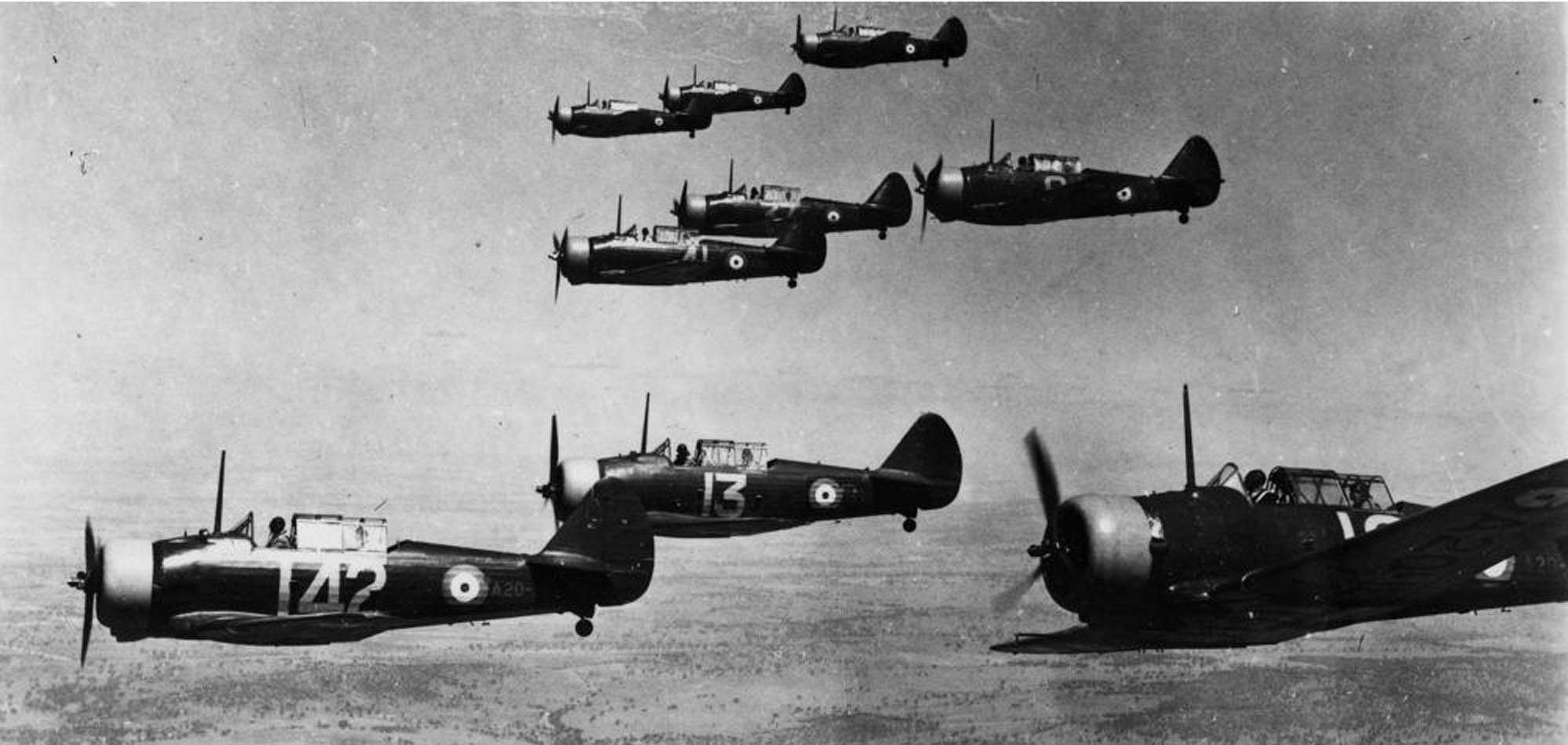
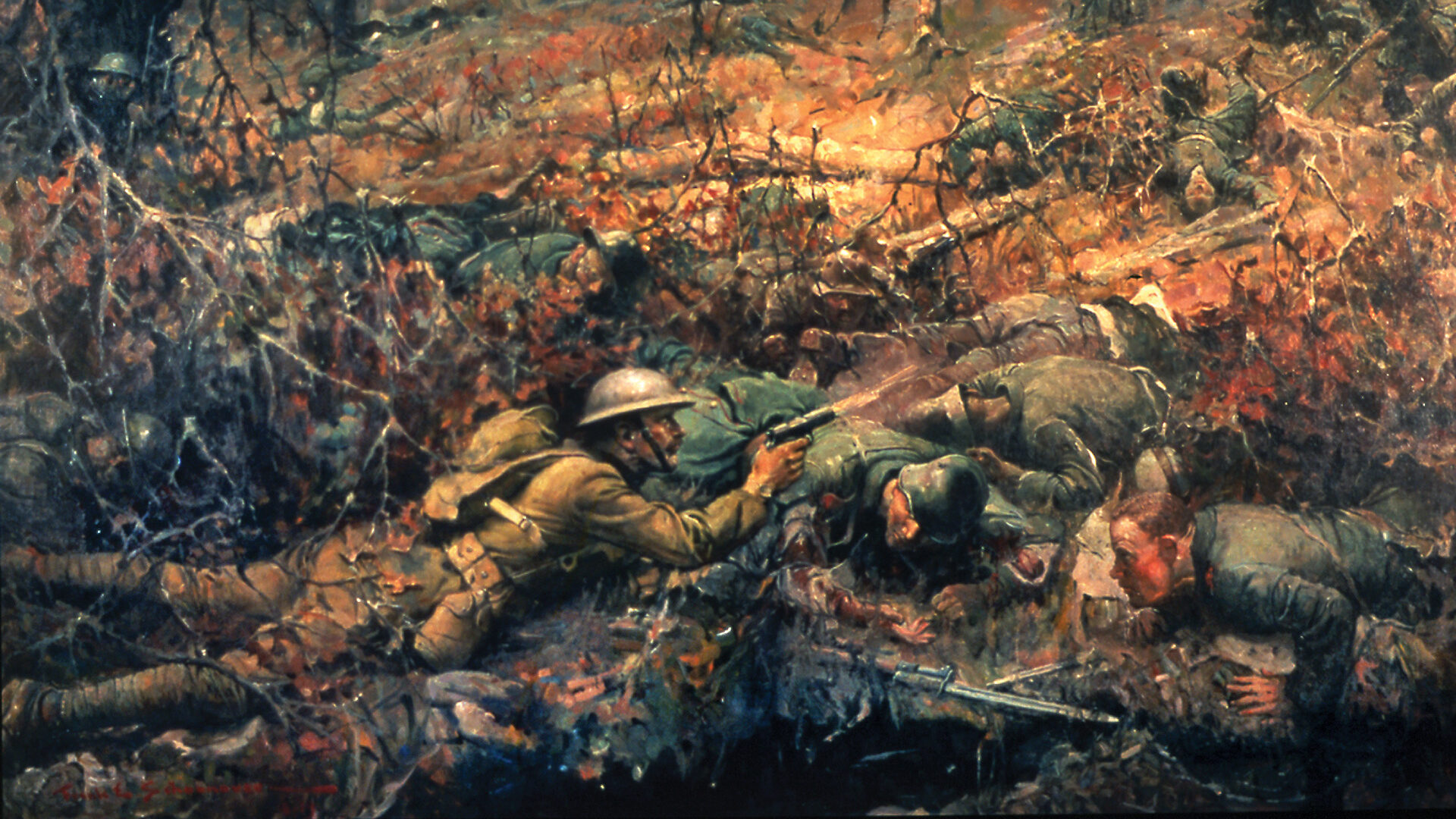
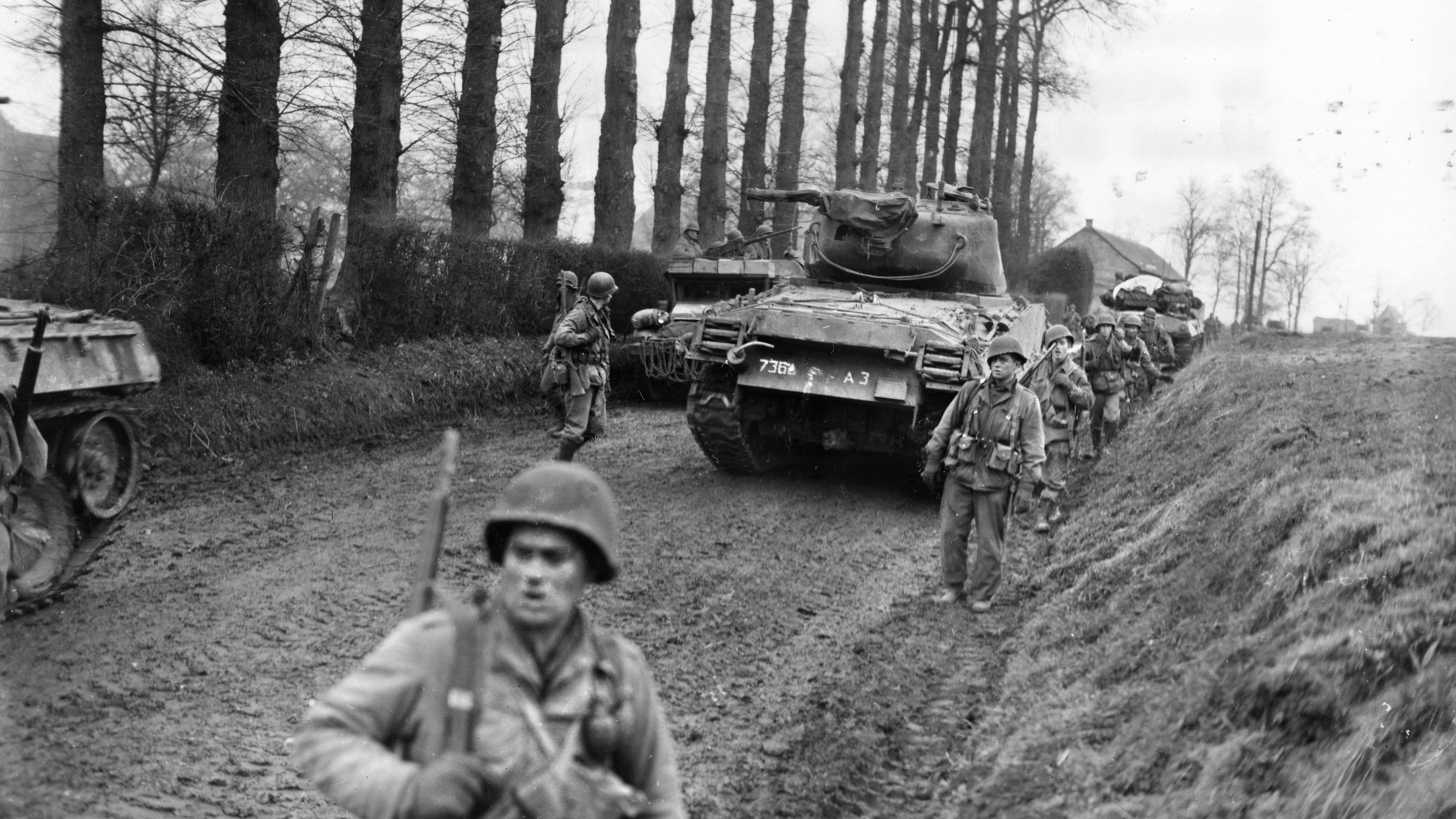
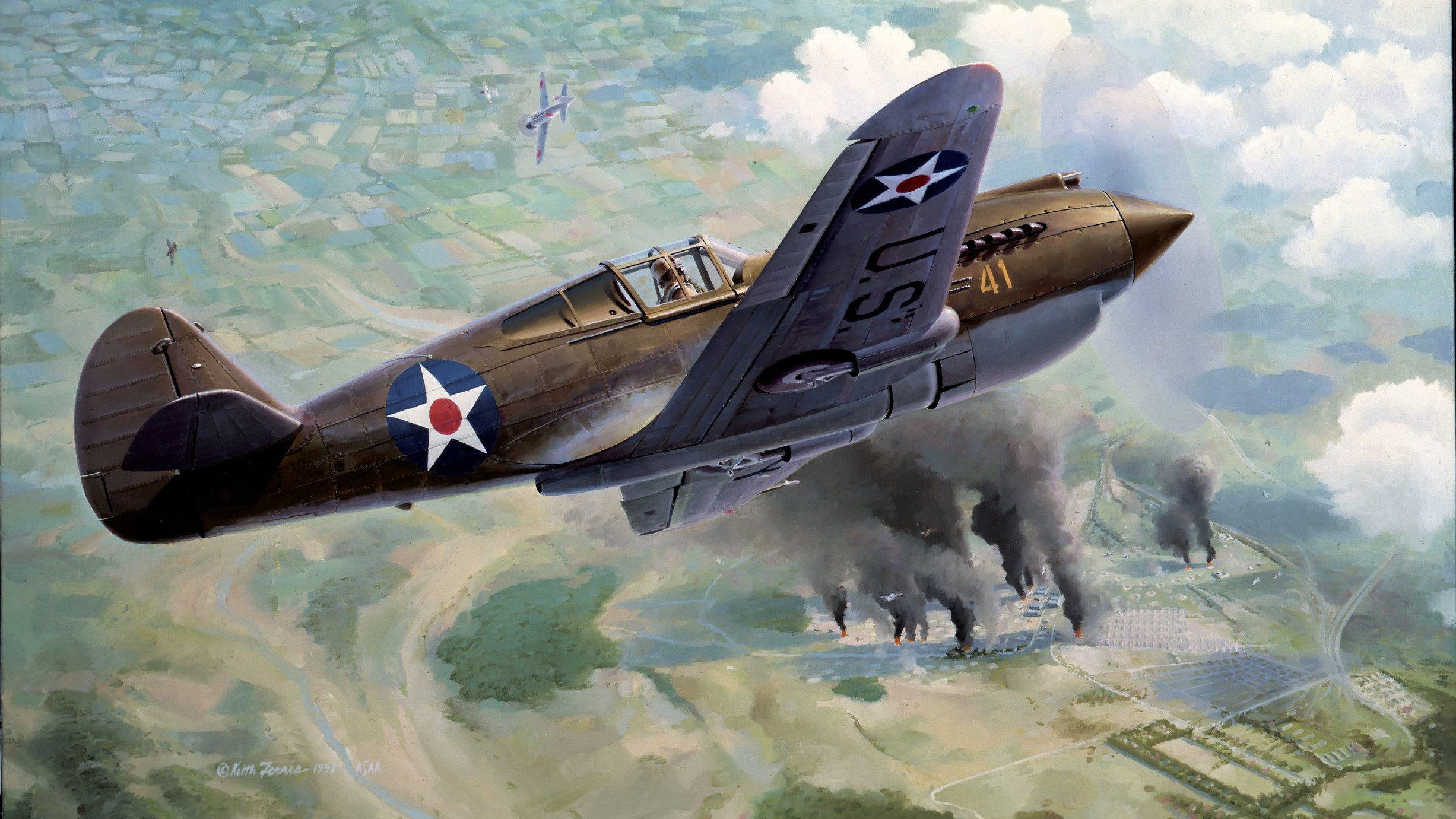
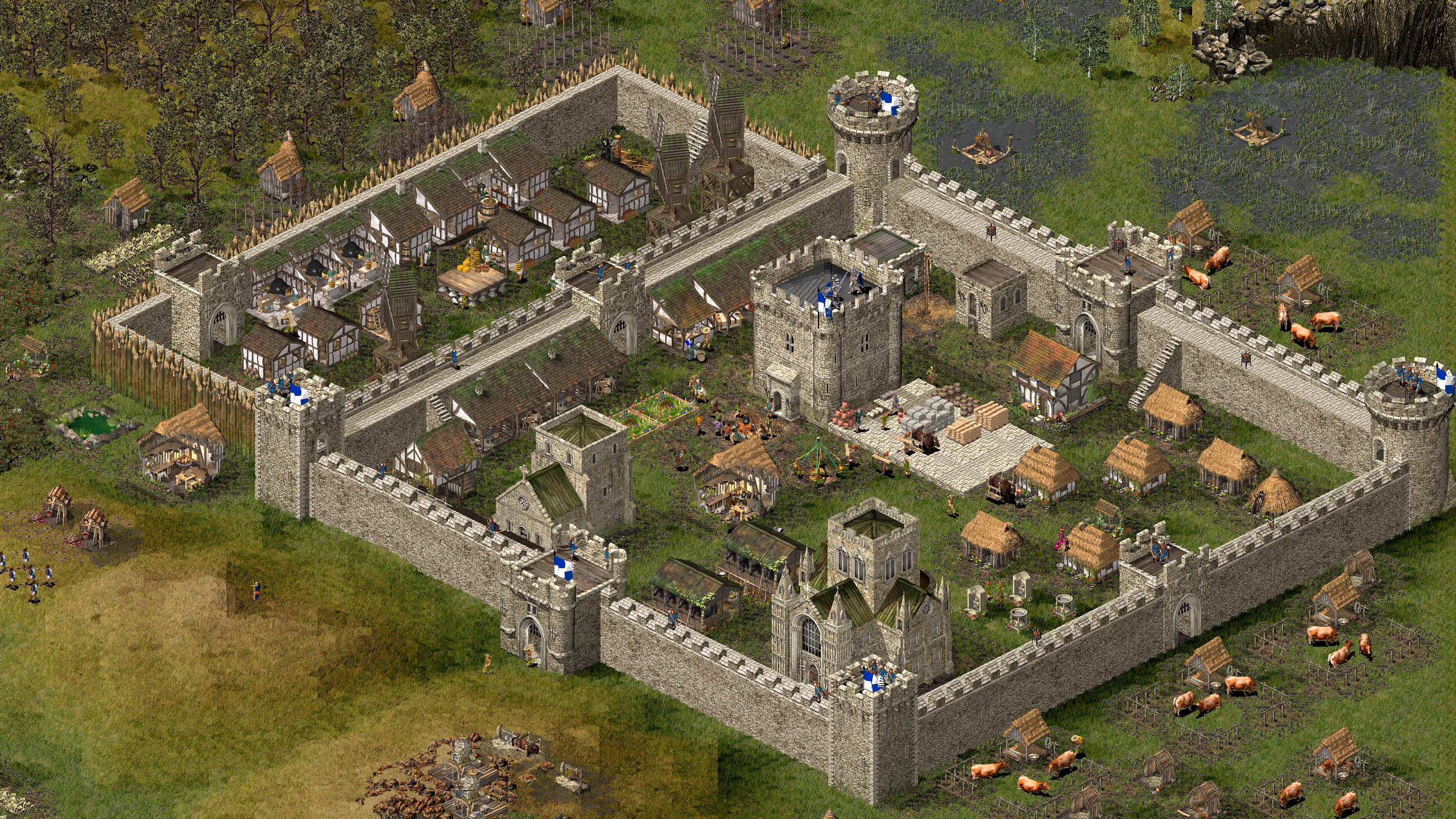
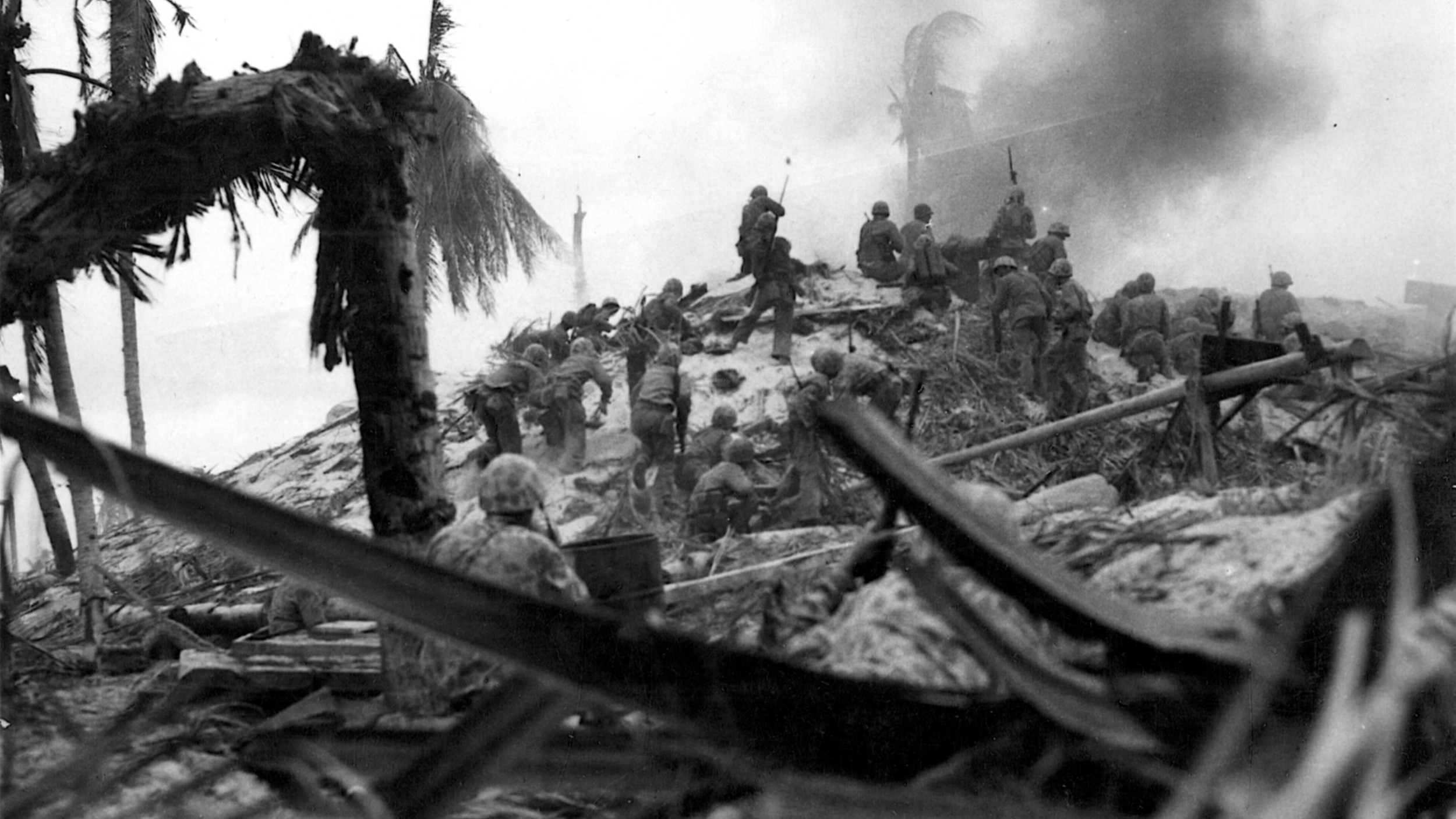
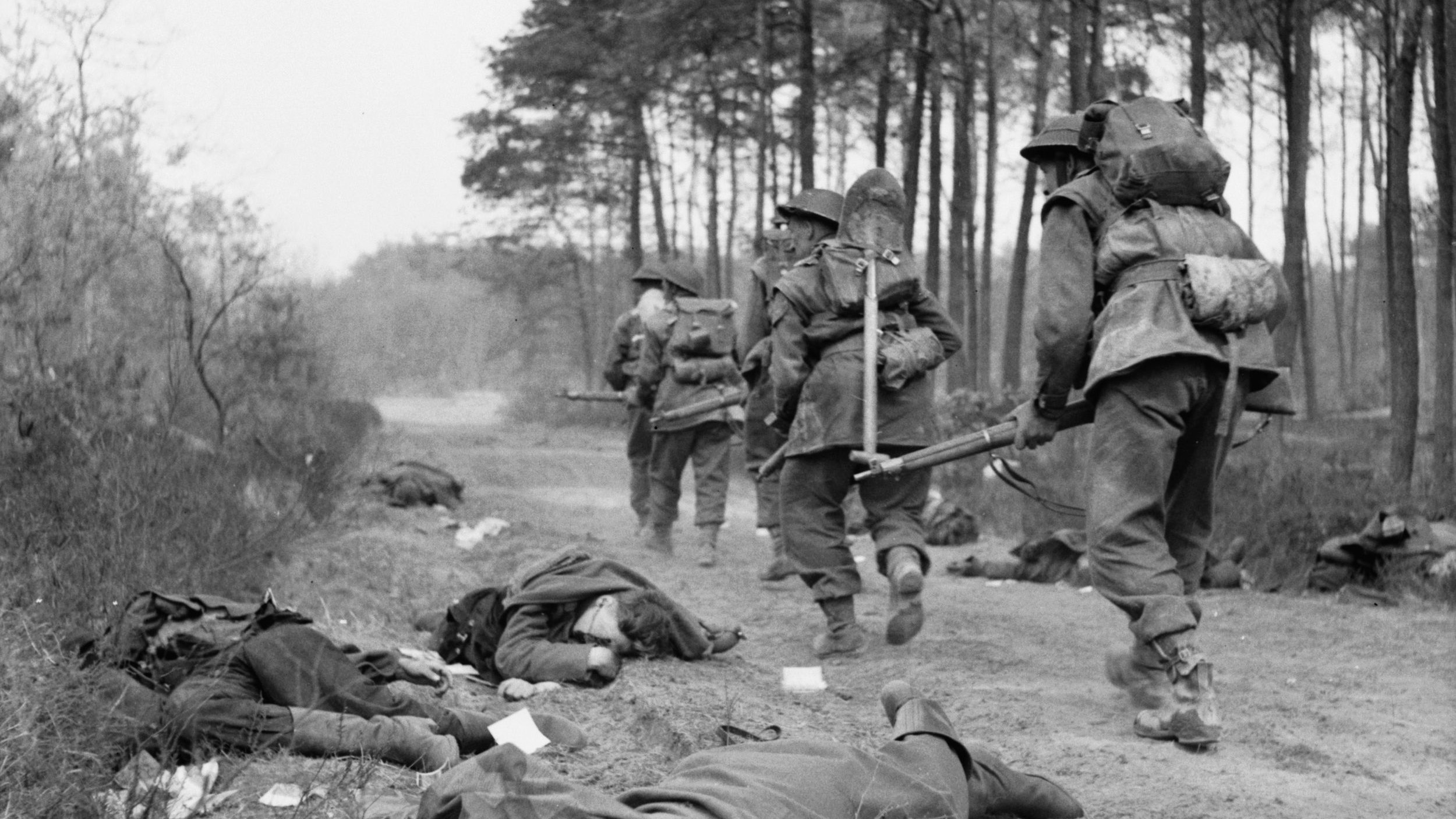
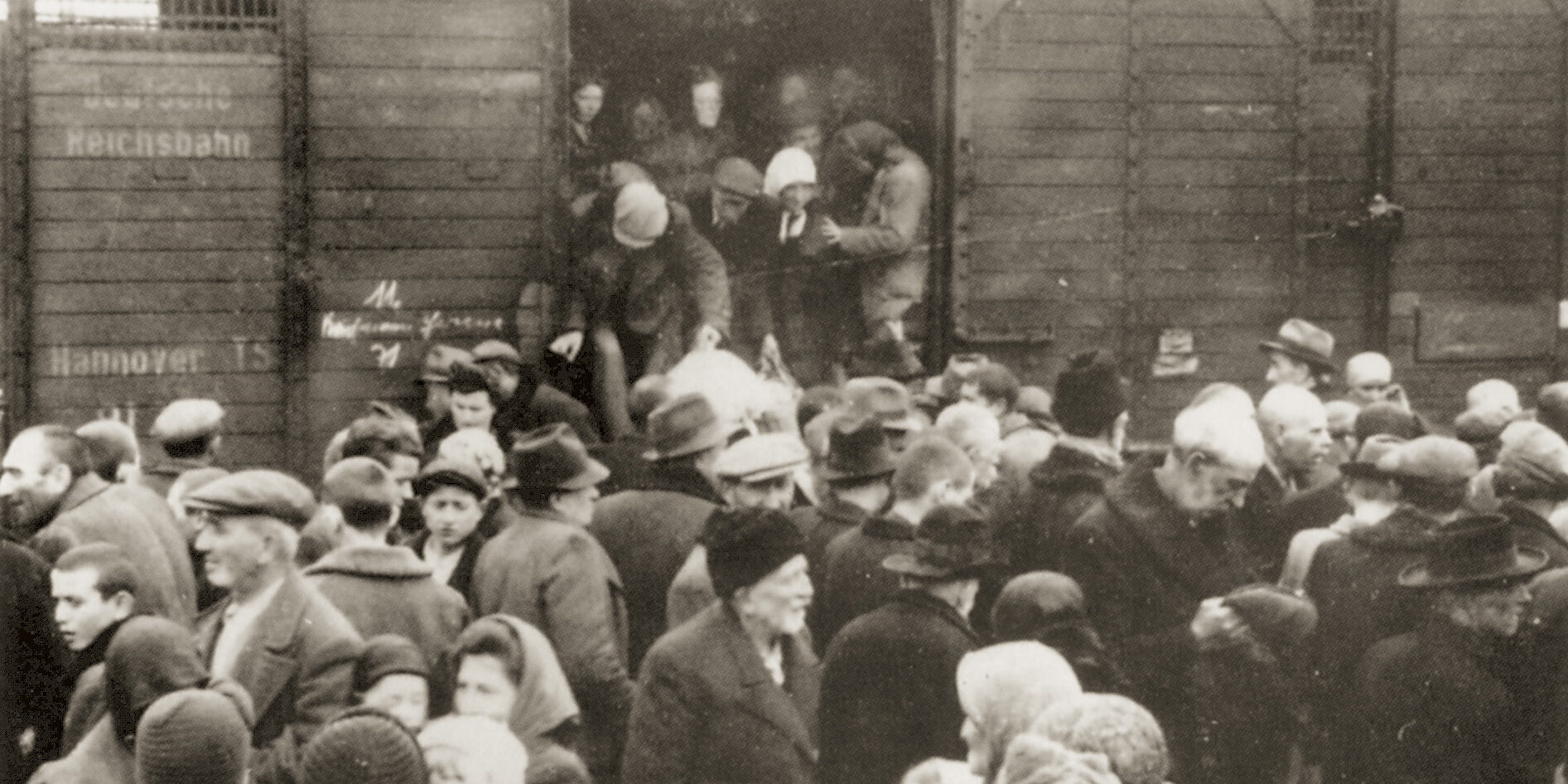
The author stated:” By war’s end, the Army had 91 active infantry divisions of about 15,000 men each”
The US Army had 90 divisions (I never sat down and counted) during WWII. 16 Divisions were Armor, 5 were Airborne, 1 Mountain Division, and the remaining were Infantry Divisions.
Mike
Request to the author: Thank you for a very timely article. I’m planning a memorial trip to Belgium in January to re-trace the steps of my uncle, marking 80 years since he was KIA in Gouvy, Belgium on Jan. 23, 1945. He was a sergeant in Company F of the 335th Regiment of the 84th Infantry Division.
In the course of your research in writing the article, do you have any historical documents (e.g. “After-Action” Reports, Morning Reports, etc.) concerning Company F and / or the 2nd Battalion of the 335th Regiment that could be shared to aid in my effort to re-trace the steps of my uncle ? A special interest is the period after Jan. 16, 1945 thru Jan. 31, 1945.
If you could post a reply here, I’ll contact you via mail, phone, or the staff at Warfare History Network.